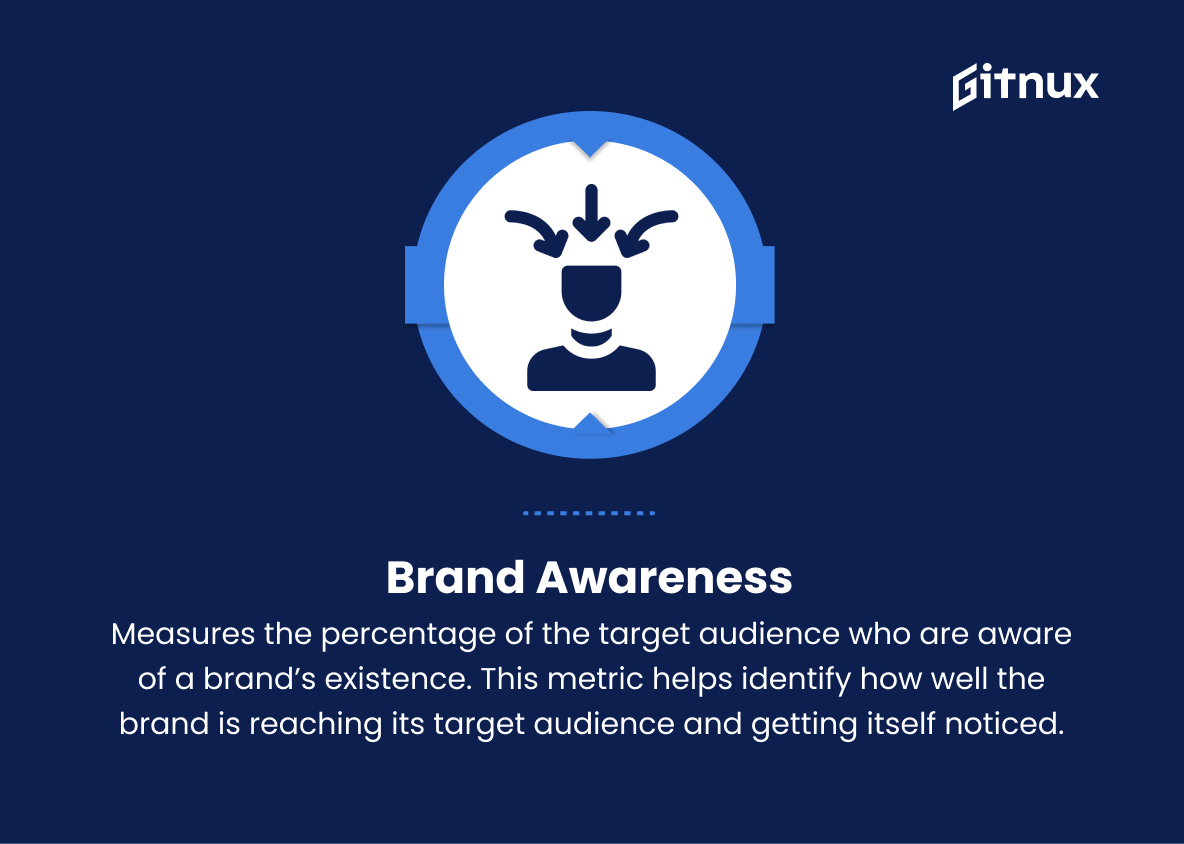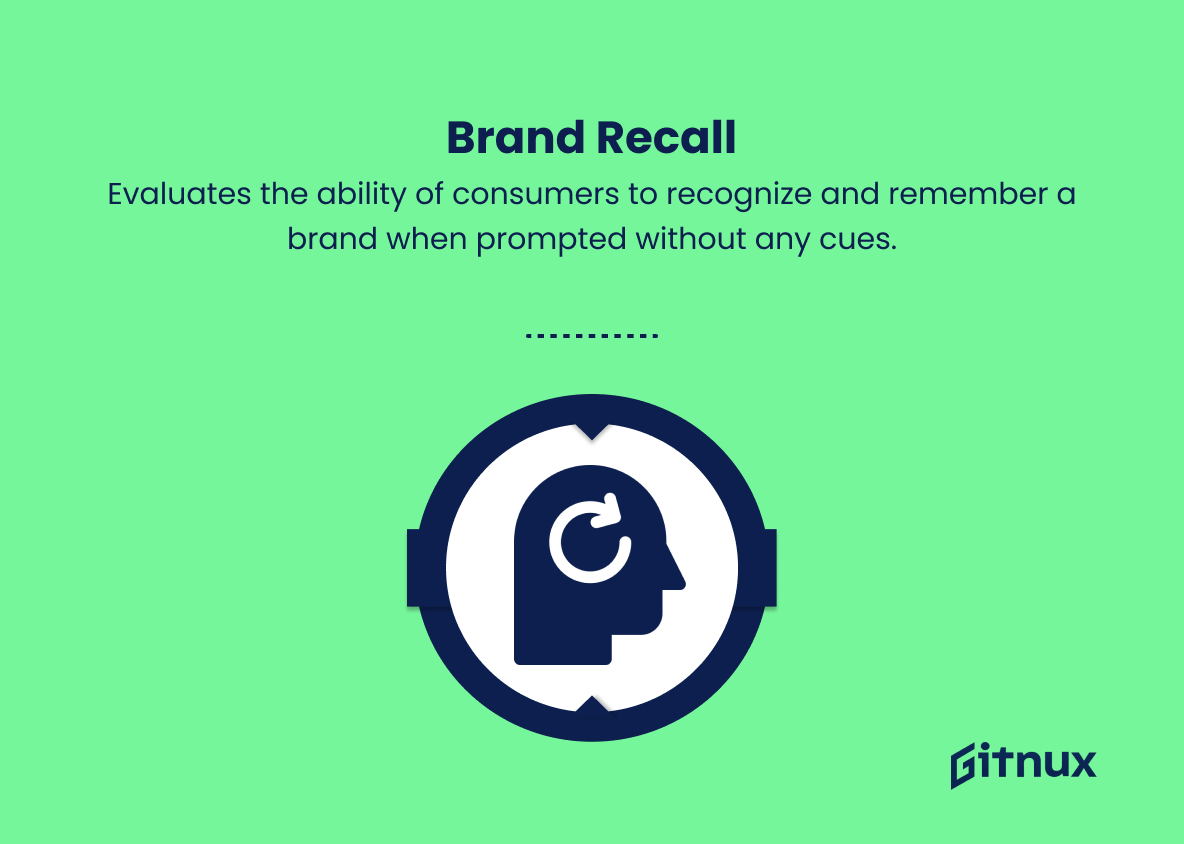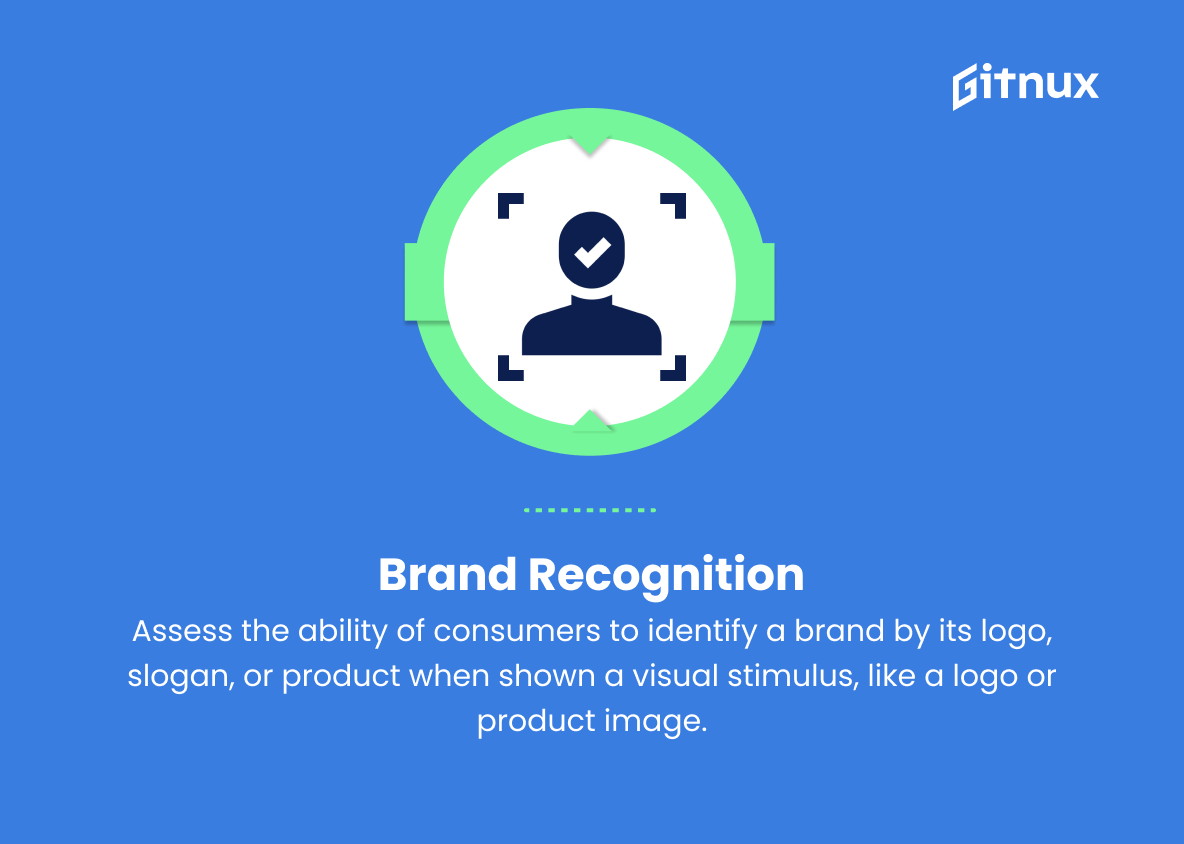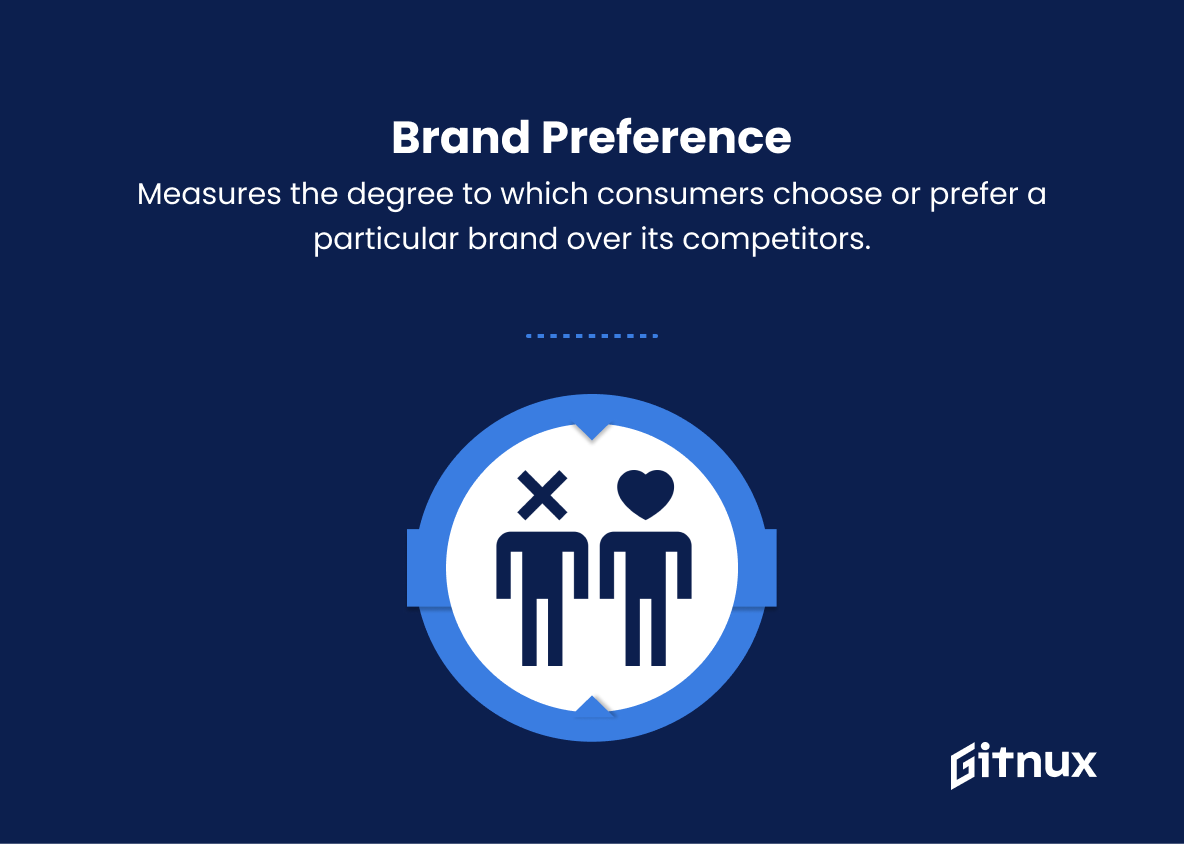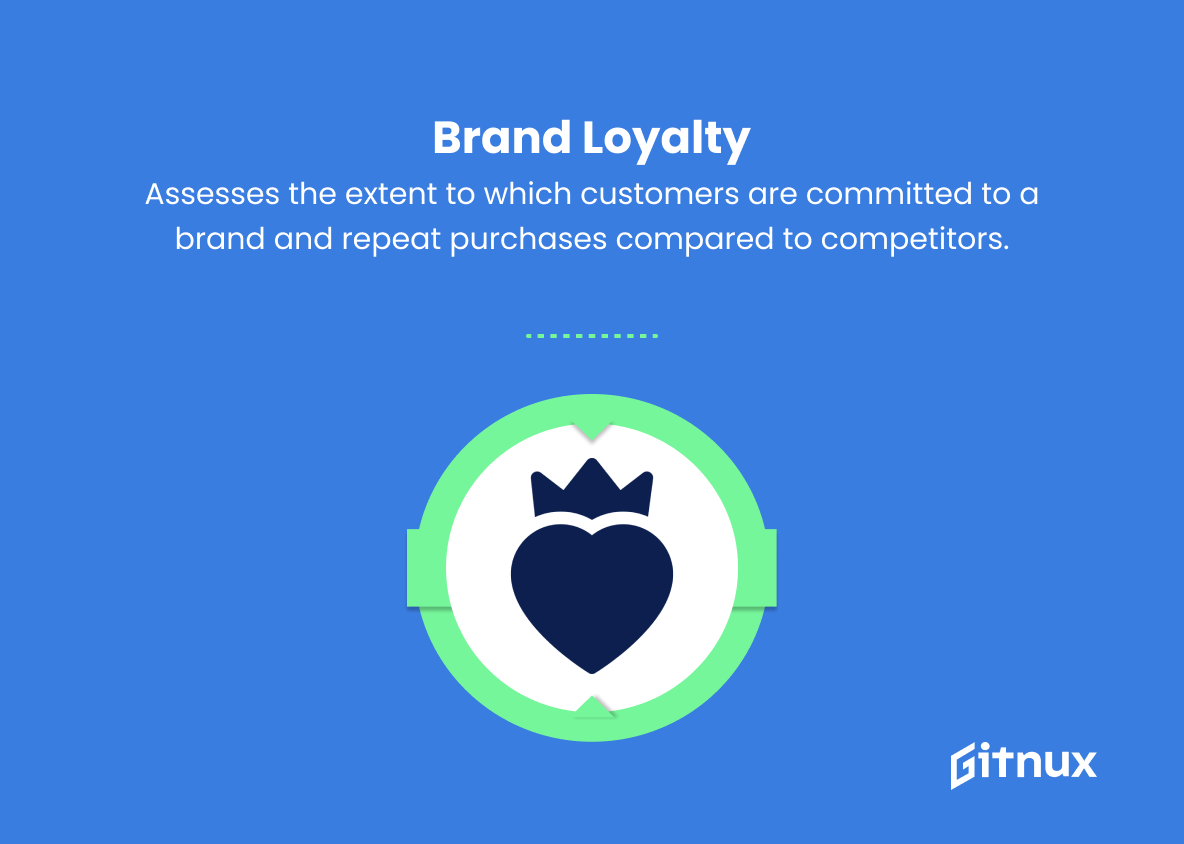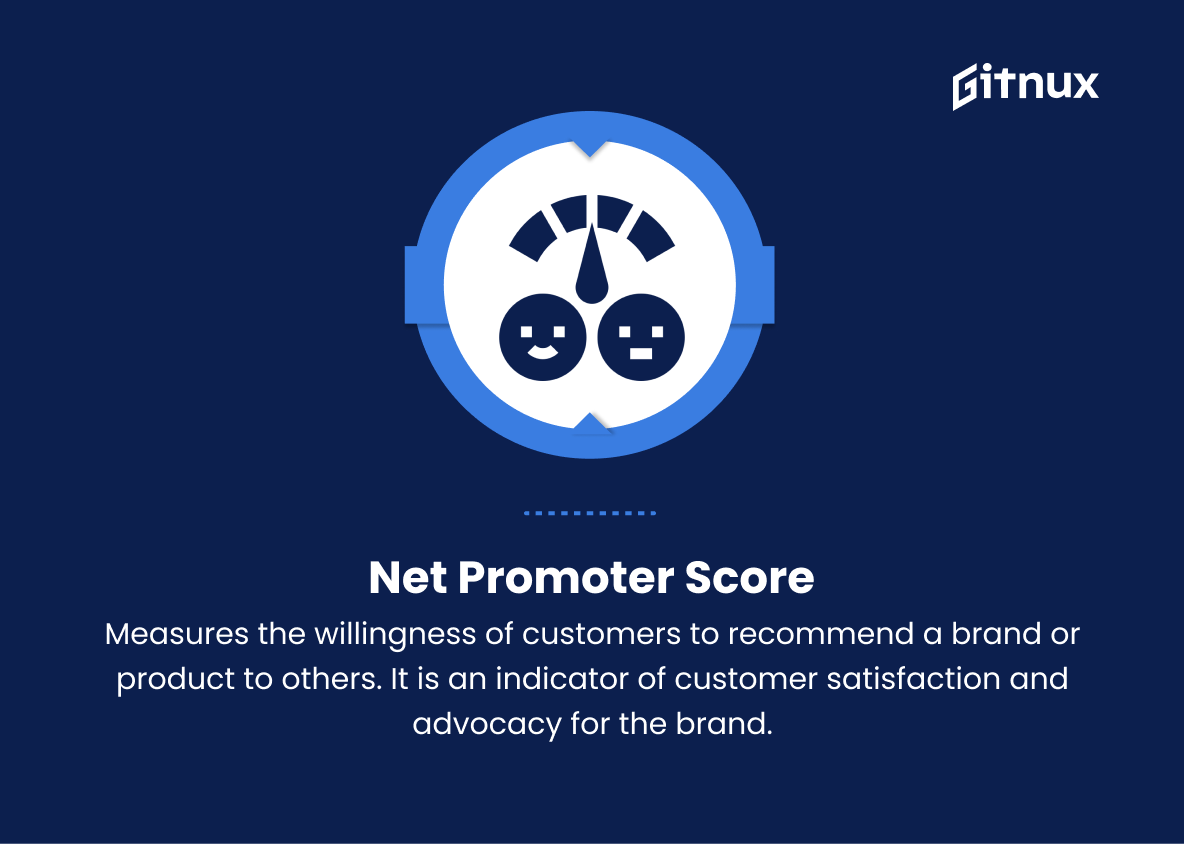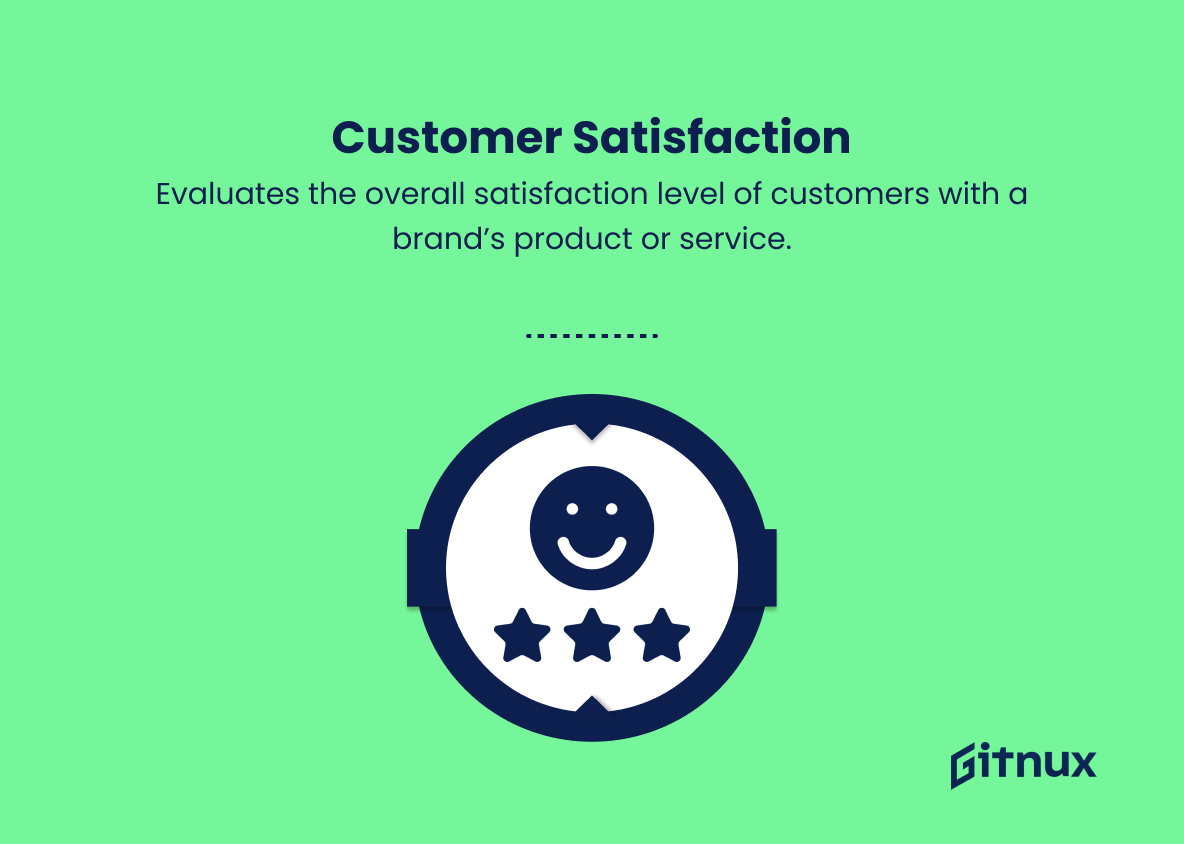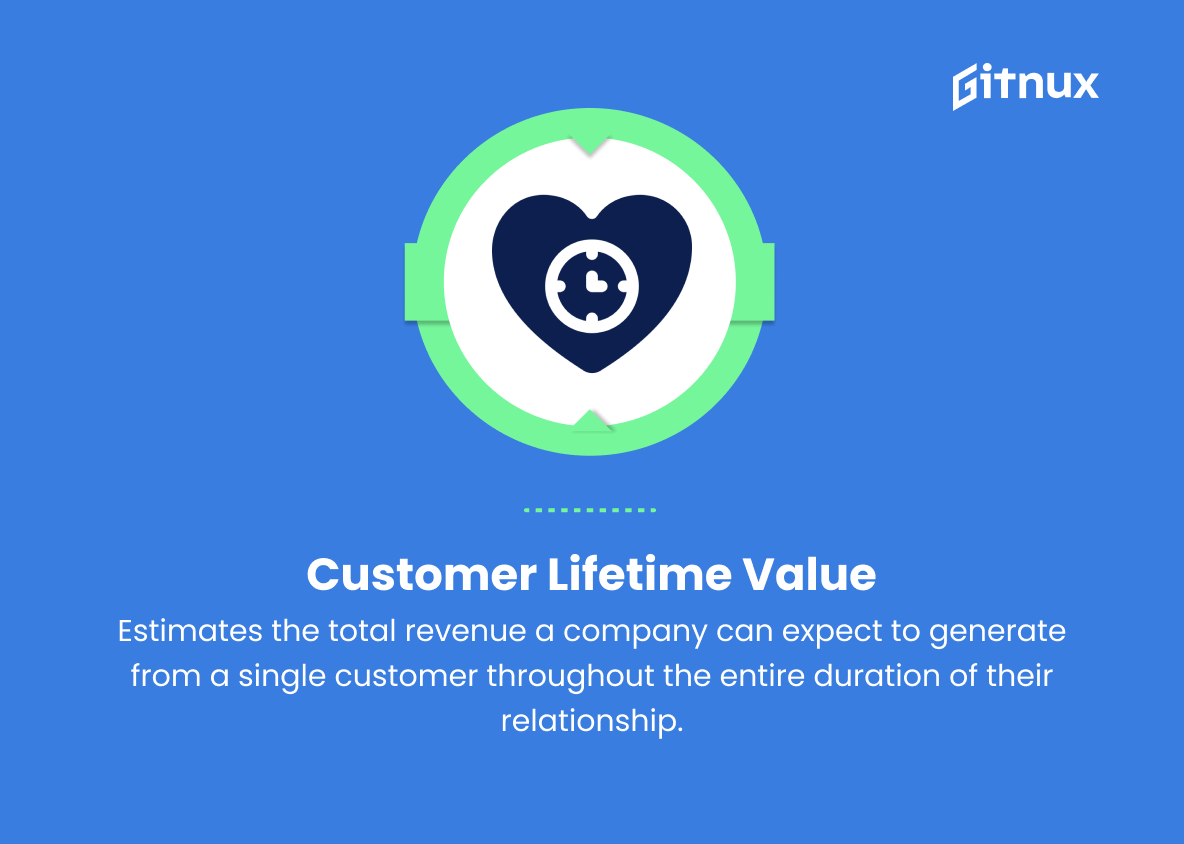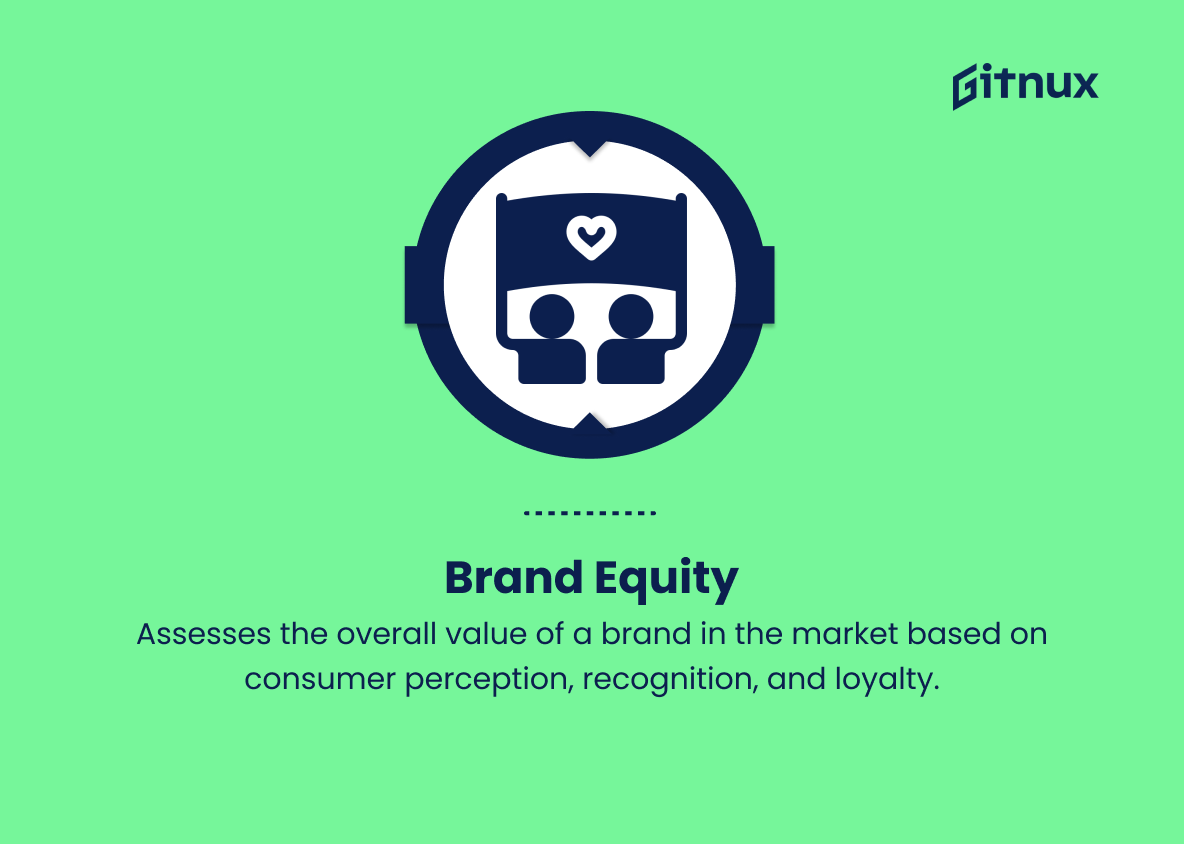In today’s highly competitive business landscape, having a strong brand presence is crucial to not only capture the attention of potential customers, but to maintain a connection with existing ones, and foster brand loyalty. As a company, measuring the effectiveness of your branding strategies should be a top priority to ensure your efforts are actually resonating with your target audience.
In this comprehensive blog post, we will delve into the world of Brand Consideration Metrics, providing you with valuable insights into the key indicators to monitor and analyze, and how they can empower you to make informed, data-driven decisions to optimize your brand performance and ultimately, drive business growth. So, without further ado, let’s dive in and explore the critical elements of Brand Consideration Metrics that will elevate your brand tracking and measurement to new heights.
Brand Consideration Metrics You Should Know
1. Brand Awareness
Measures the percentage of the target audience who are aware of a brand’s existence. This metric helps identify how well the brand is reaching its target audience and getting itself noticed.
2. Brand Recall
Evaluates the ability of consumers to recognize and remember a brand when prompted without any cues. This helps the company understand how memorable their brand is in the minds of its target audience.
3. Brand Recognition
Assess the ability of consumers to identify a brand by its logo, slogan, or product when shown a visual stimulus, like a logo or product image. This helps determine the brand’s impact and visual presence among consumers.
4. Brand Preference
Measures the degree to which consumers choose or prefer a particular brand over its competitors. This indicates the inclination or loyalty of consumers towards a brand and helps in understanding market position.
5. Purchase Intent
Evaluates the likelihood of a consumer to buy a specific product or service from a brand in the future. This metric helps predict future sales and understand the effectiveness of marketing strategies.
6. Brand Loyalty
Assesses the extent to which customers are committed to a brand and repeat purchases compared to competitors. This metric helps identify a brand’s customer retention rate and customer satisfaction.
7. Net Promoter Score (NPS)
Measures the willingness of customers to recommend a brand or product to others. It is an indicator of customer satisfaction and advocacy for the brand.
8. Customer Satisfaction (CSAT)
Evaluates the overall satisfaction level of customers with a brand’s product or service. This metric helps companies identify if they are meeting customer expectations or if there is room for improvement.
9. Customer Lifetime Value (CLV)
Estimates the total revenue a company can expect to generate from a single customer throughout the entire duration of their relationship. This metric helps in understanding the long-term value of customers and assists in strategic decision-making.
10. Share of Voice (SOV)
Calculates the percentage of online or market conversation surrounding a brand compared to its competitors. This metric helps determine how effectively a brand engages with its target audience and how it stands out in its industry.
11. Brand Equity
Assesses the overall value of a brand in the market based on consumer perception, recognition, and loyalty. This metric helps in understanding a brand’s performance relative to competitors and its potential for growth.
Brand Consideration Metrics Explained
Brand Consideration Metrics play a crucial role in understanding a brand’s performance, market position, and potential for growth. Metrics such as Brand Awareness, Recall, and Recognition assess the brand’s visibility and memorability across its target audience, contributing to its overall influence. Brand Preference, Purchase Intent, and Brand Loyalty further gauge the consumers’ inclination towards a brand, evaluating its competitive standing and capacity to retain customers.
Additionally, Net Promoter Score (NPS), Customer Satisfaction (CSAT), and Customer Lifetime Value (CLV) provide crucial insights into consumer advocacy, satisfaction levels, and long-term value, informing strategic decision-making. Finally, Share of Voice (SOV) and Brand Equity reflect a brand’s engagement and overall value, determining its potential for growth and industry impact. Collectively, these metrics create a holistic picture of a brand’s health, shaping future marketing efforts and strategies to foster more significant growth and success.
Conclusion
In conclusion, brand consideration metrics serve as powerful tools to analyze and measure the effectiveness of a brand’s marketing efforts- providing valuable insights into consumer behavior, preferences, awareness and loyalty.
By carefully evaluating these metrics, businesses can make informed decisions and create targeted marketing strategies that resonate with their target audience. Ultimately, optimizing brand consideration ensures that a company remains top-of-mind for consumers, thereby driving success and fostering substantial growth in today’s competitive marketplace.
